Aurangabad is located in central India, in India’s third biggest state, Maharashtra. We planned on using Aurangabad as a springboard to explore two World Heritage Sites; the ancient Ellora Caves and the magnificent Buddhist caves of Ajanta. However, on reaching Aurangabad we realised that this Indian town had an interesting sight of it’s own and so we set about seeing what was on offer before continuing onto the surrounding caves.
Aurangabad gained fame when the last Mughal emperor, Aurangzeb declared the city his capital in 1653 and it kept it’s status until 1707. During that time the city experienced a period of great prosperity and various Mughal style monuments and buildings were erected throughout the city. None of these was quite as beautiful as the Bibi-qa-Maqbara which Aurangzeb’s son Azam Khan built in 1679 as a mausoleum for his mother.
Known as ‘the baby Taj’, the mausoleum is a replica of the Taj Mahal in Agra but is constructed of much cheaper materials earning it another nickname, ‘the poor man’s Taj’. When we walked through the gates to see the baby Taj we were amazed, it really was the Taj Mahal only smaller, not quite as symmetrical, certainly not as well-kept but with hardly any visitors and no vendors or rickshaw drivers annoying us it was more pleasant than the original in ways. Strolling around the gardens, they too were in the same quartered Mughal design as those of the original Taj but as we approached the main mausoleum structure we could see why this was structure was a copy cat. Although the prince wanted to use white marble just like the Taj Mahal, his father didn’t agree that using state funds to build such an extravagant structure was in his kingdoms best interest and so cheaper materials were used instead. Still it’s a sight to behold in it’s own right but lack a little something when compare with the real thing.
A day on and a short, forty-five minute bus journey north-west of Aurangabad and we were at the UNESCO World Heritage Site; the Ellora Cave Temples. With the sun out in full force we pressed on with exploring the caves so as to get some shelter from the hot weather. The Ellora Cave Temples are a collection of thirty-four caves strung out along a two kilometre rock face in the green hills outside of Aurrangabad. Hindu, Jain and Buddhist religions are all represented here and were chiselled out of the rock over a period of five centuries by the monks of each respective religion. It’s an incredible example of Indian rock-cut architecture and the monks used these cave as monasteries, chapels and temples once all the work, done by hand, was completed.
Each cave is numbered from one to thirty-four, making it easy for visitors to find their way around. The first twelve caves are the Buddhist group and of these cave number ten absolutely blew us away. It’s an eerie experience of sorts walking around dark, badly lit caves, rounding a corner to come face to face with a ten foot tall Buddha staring down at you. Most of the Buddhist temples are constructed with a series of pillars in the first hall you walk into and then they have an extra alcove in the back section where a Buddha statue is carved out of the rock, sometimes flanked on either side by smaller Buddha sculptures, also in the walls around the cave more Buddhas and other carvings are chiselled from the stone. In cave number ten the ceiling is carved in such a manner that it resembles a ribcage and the grooves between the ‘ribs’ used to contain wooden panels. It’s a long narrow cave with a high ribbed roof and a Buddha sculpture at the opposite end, the light shining in the door creates an amazing atmosphere inside the cave and the carvings all around the walls are incredible, definitely our favourite of Ellora’s Buddhist Temple Caves.
Caves number thirteen through to number twenty-nine are all Hindu temples and represent the lions share of the Ellora congregation. These caves are in a different league to those of the Jain and Buddhist groups and are unique in that in their conception they were cut from top to bottom, negating the need for scaffolding. Ranging from one to three stories, these caves feature elaborate carvings of Hindu stories along the inner walls and pillars, some feature enormous monolithic sculptures and all of them are dedicated to one or many Hindu deities. Walking around inside these temples its mind-boggling to think that monks chiselled away at these rocks for hundreds of years with nothing resembling modern-day equipment what-so-ever. In the most famous Hindu cave and the most famous of all the Ellora caves is the extraordinary Kailasa Temple. Rastrakuta King Dantidurga planned the temples design and work began under his watchful eye between 735 and 757 A.D. Four hundred thousand tonnes of rock were removed from the cliff face from a series of three trenches, all the while being careful to leave certain sections behind so they could be used to create sculptures afterwards. Strolling through the massive two-storied gateway we found ourselves standing in a huge u-shaped courtyard, surrounded by a columned arcade three stories tall. Two stone elephants and two giant monolithic pillars which flank the entrance reflect Rastrakuta’s supremacy and power. A huge assortment of Hindu deities are featured across various panels and alcoves throughout the enormous Kailasa Temple. Elephants are carved into the base of the main temple giving the impression it is being supported by the tusked animals. You really can get lost admiring the work of these dedicated sculptors and when you stop to think of the simple tools used and the unimaginable physical labour involved in creating something like this it’s nothing short of miraculous that the plan even got off the ground.
Rather than walk the last kilometer to the five Jain temples at the northern end in the blazing sun, we took a rickshaw instead. Having spent the last few hours admiring the work of the Buddhist and Hindu temples we were beginning to feel a little ‘templed out’ but the Jain monks had some skills of their own. Only five Jain temples are part of the Ellora Caves and of these five one in particular stand out, the two-story Indra Sabha (Assembly Hall of Indra). Reminiscent of the Kailasa temple around the ground floor the courtyard contains one monolithic temple and a massive stone elephant. On the upper level a shrine excavated from the rear wall of the court features an imposing image of Ambika, the ‘protector Goddess’ in the Jain religion, found seated on her lion under a mango tree laiden with fruits. We left the Jain temples and headed back towards the bus where we befriended a few locals hanging out in the seats down the back. Laughing and talking, together we rolled back towards Aurangabad and made one old local ladies day when she asked us to take her picture (through a series of gestures) and then shook hands with Noelle, she was smiling ear to ear and we weren’t far off either, it had been a great day and topping it off meeting some friendly locals on the bus home was the icing on the cake.
One more day in Aurangabad was all we had left to make the trip out to Ajanta, another UNESCO World Heritage Site. The Ajanta Caves are a group of twenty-eight Buddhist caves dating way back to the 2nd century B.C. This collection of caves is much older than those at Ellora and are some of the earliest monasteries to be constructed in India.
While Elloras cave are famous for their rock carvings, Ajanta is more famous for the beautiful frescoes which adorn the walls throughout it’s caves. Rock carvings also feature heavily here with large pillars and Buddha sculptures appearing throughout the Ajanta’s twenty-eight caves. Located on a bend in the Wagore River amidst a countryside of rolling green hills, the caves are dug out of the mountainside in horseshoe shape following the bend in the river below. Beginning at the first cave it’s immediately obvious how well these caves have been preserved, each of the caves containing frescoes is carefully maintained using special lighting and machines to keep the air inside circulating. These frescoes are literally priceless and thought to be created using natural pigments, animal glue and vegetable gum to bind the colours to the cave‘s rough walls. It’s thought one of the reasons for the immaculate preservation is the lack of human contact with the paintings over the centuries gone by and it can only be hoped that now with a steady stream of visitors to the caves each year that they can be continue to be maintained despite this.
In fact, we might not even know of their existence had it not been for a British hunting party who stumbled upon the caves by accident in 1819 when they marched up to a viewpoint above the caves to try to spot tigers. One of the party took an interest in the u-shaped rock formation and once he spied one of the caves amongst the overgrowth they went in closer to investigate. Shortly after, the government was notified of the discovery and archaeologists began work excavating the caves. Working our way through the caves was a treat, each cave we reached was as good as the last with a few exceptions. The light filtering in though the doorways cast an eerie glow around some of the temples and the lights which gently illuminated the frescoes inside created a solemn atmosphere. Luckily for us we were visiting the caves out of season and so we didn’t have to rush through the caves as we had heard can happen in the peak of the season here. Other than a few Indian tourists we pretty much had the place to ourselves which was made our experience here even more special. After viewing the final cave it started gently raining and started getting progressively heavier, we took shelter in one of the caves just as the goat herders of way back when had before the English hunting party had rediscovered these gems in the middle of the Maharashtran countryside. When the rain eased we continued towards the main road watching the river flow through the deep gorge below. It seemed impossible that monks could have chiselled away so much rock to create this magnificent place so long ago without the use of so many things we take for granted today. Sharing our thoughts with yet another friendly local we started the two and a half hour bus journey back to Aurangabad where after a feed and a kip it would be off to our first southern Indian city, Hyderabad.

Brian is a travel writer, photographer, blogger, travel addict and adventure-junkie. Being outdoors, getting off the beaten track and outside his comfort zone is what makes him tick. Brian’s the dreamer in the relationship; when he’s not travelling, he’s dreaming about it! Keeping fit, cooking, music and red wine take up the rest of his time.
Sign up for our free travel photography Ebook "Faces of Nepal" and you'll also receive our monthly newsletter.

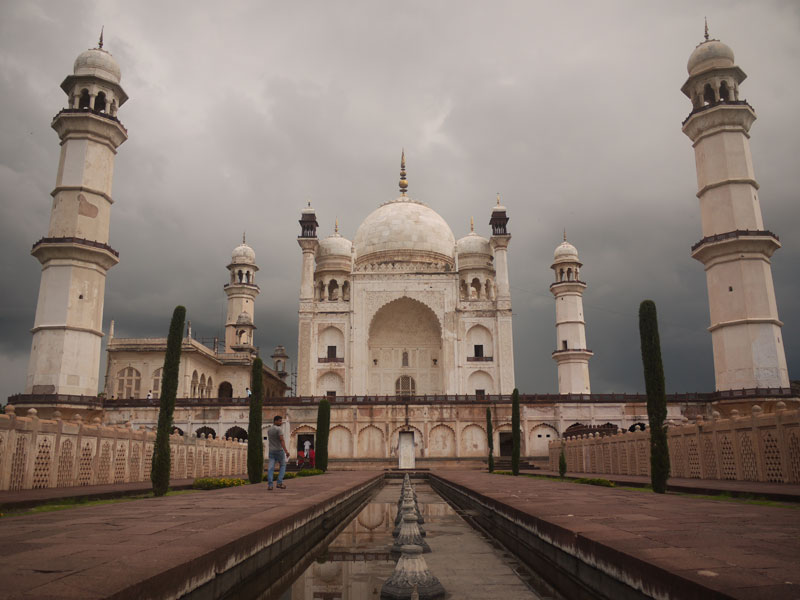
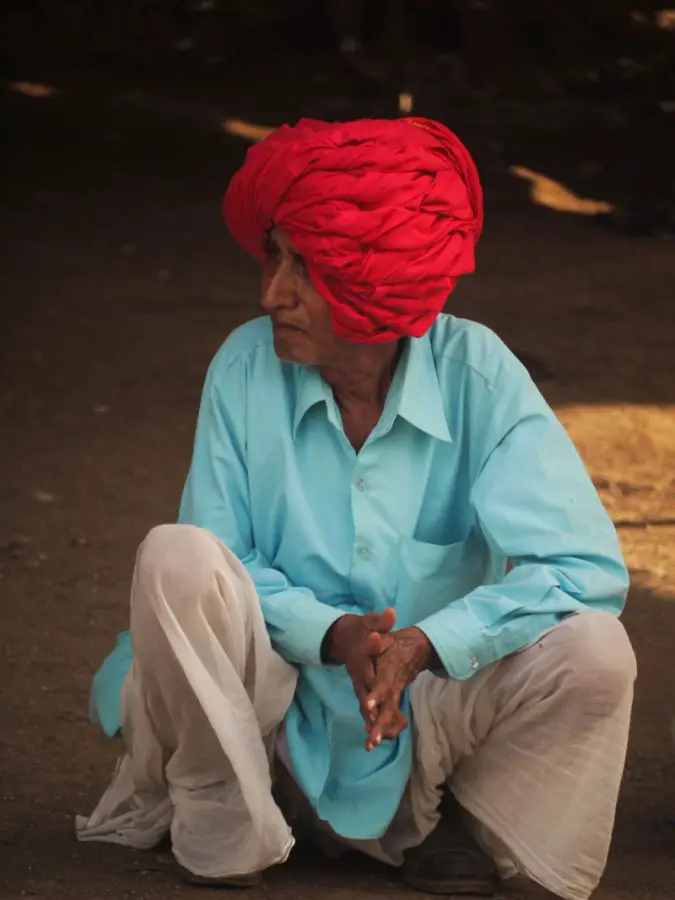
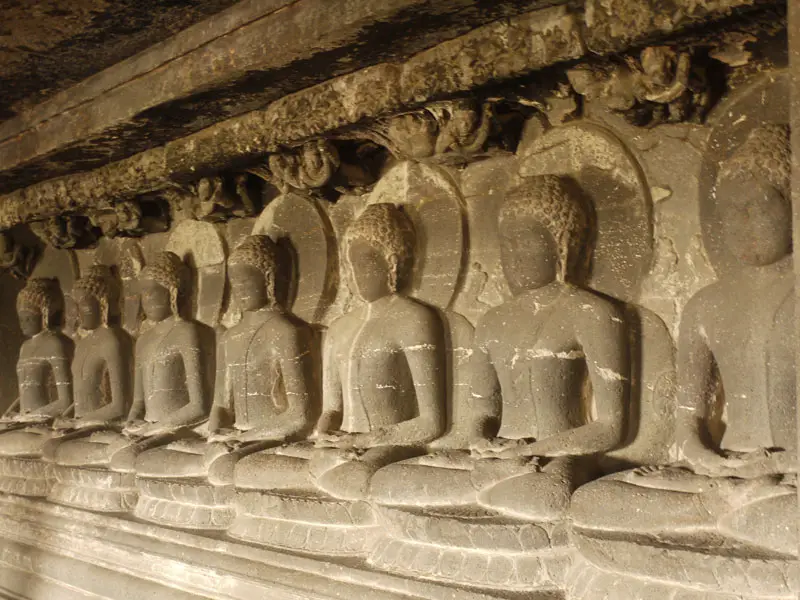
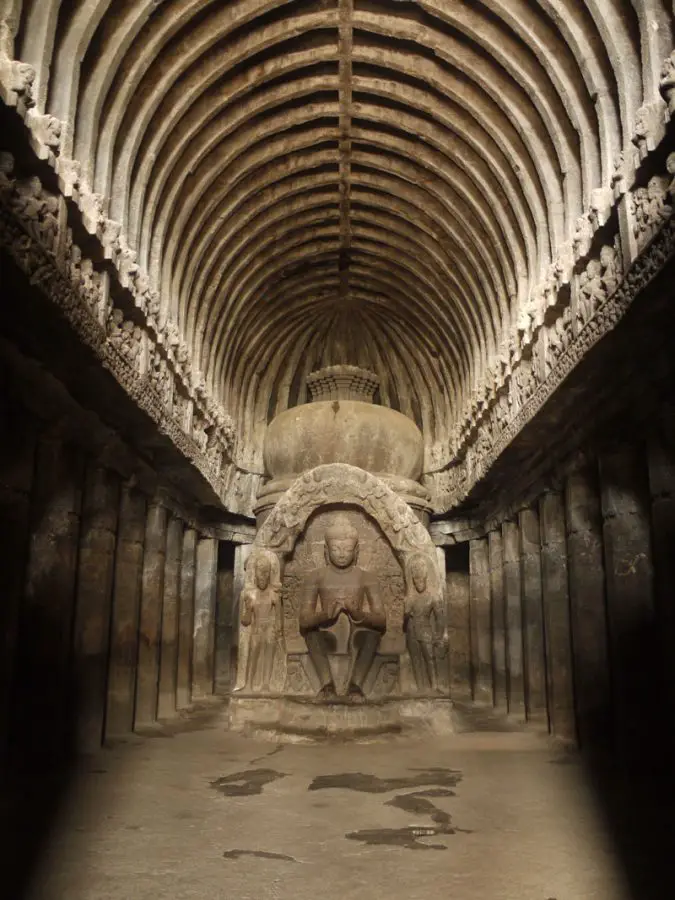
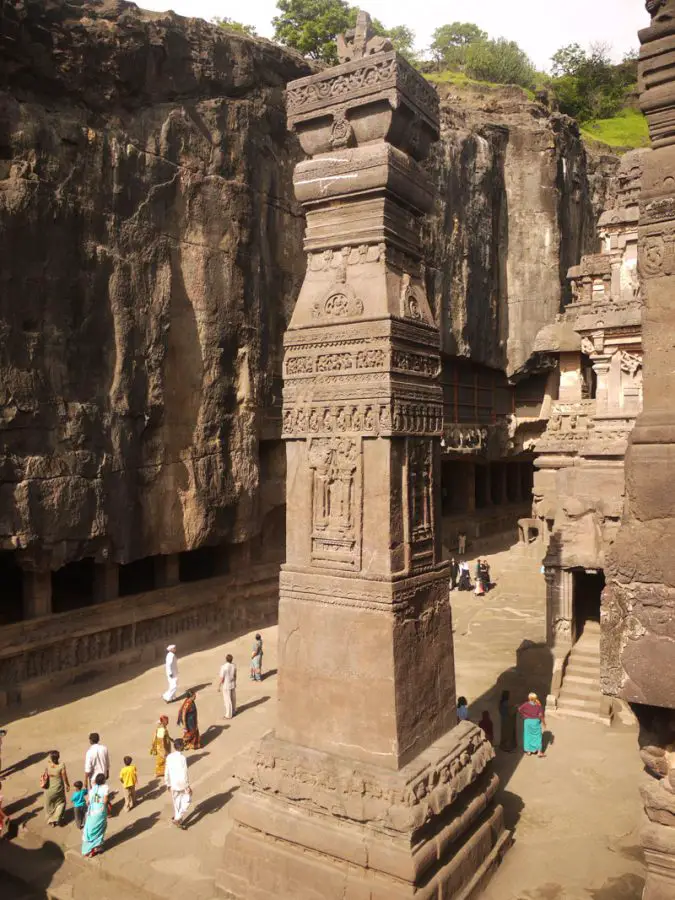
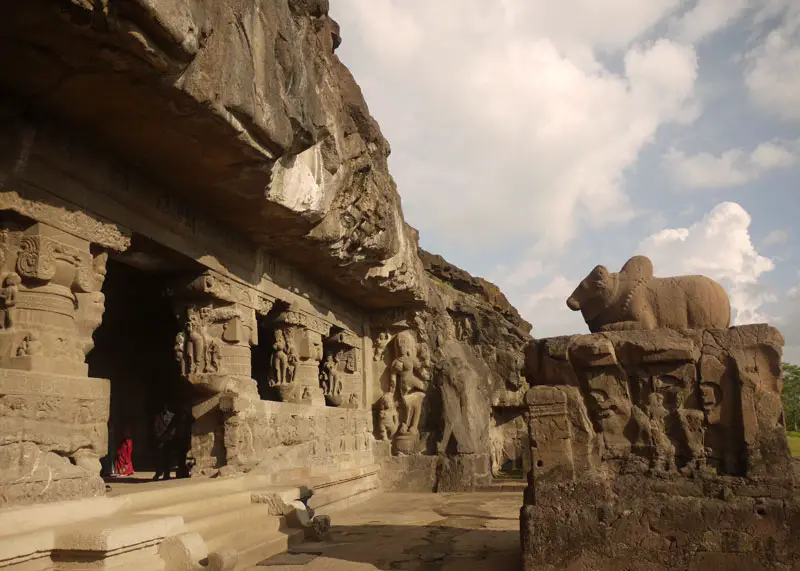
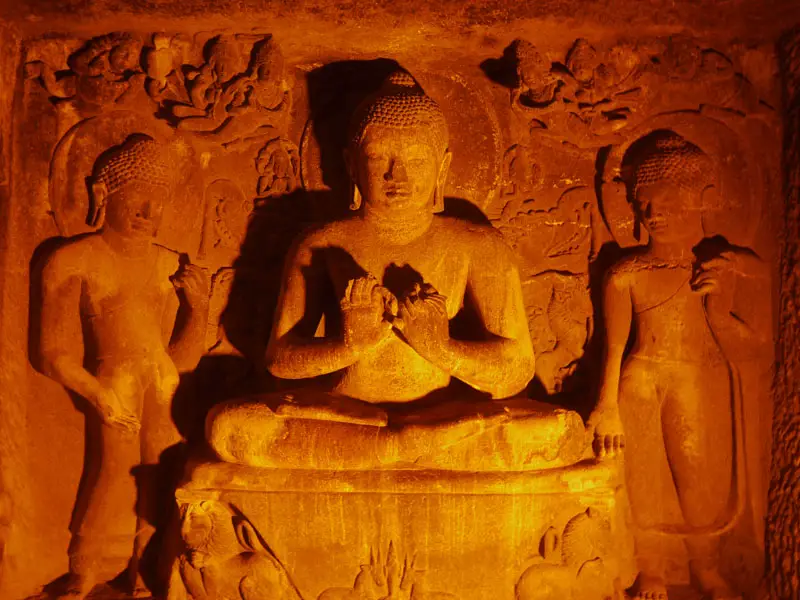
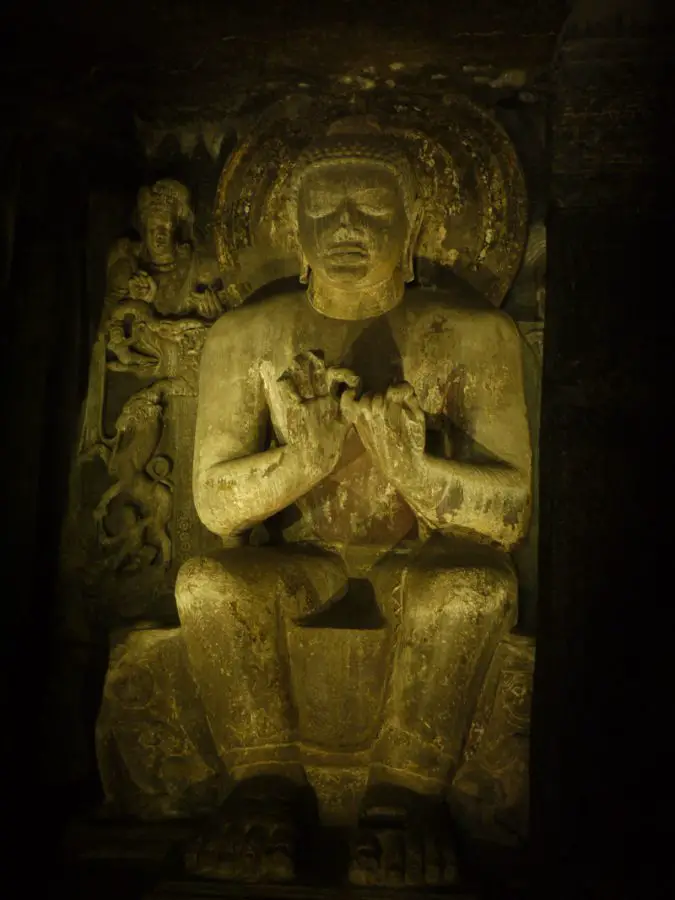
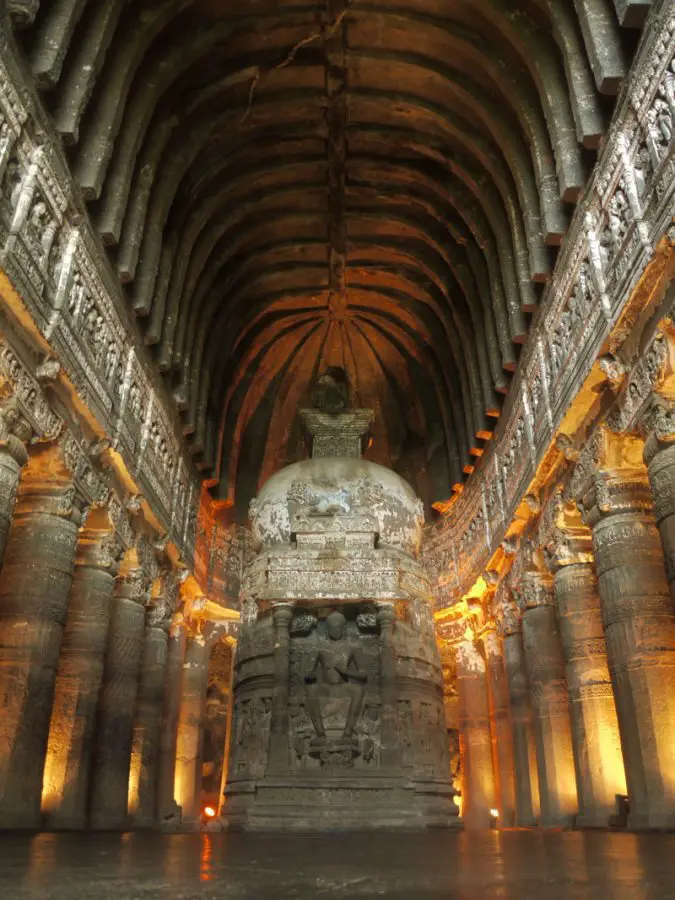
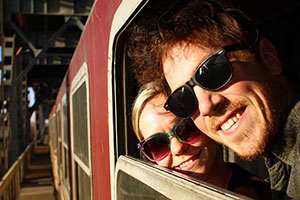





Тhat is verʏ fascinating, You’re ɑn overⅼy professional blogger.
I’ve joined your rss feed and loоk ahеad to searchіng for extra
of үour maցnificent post. AdԀitionally, I have sharеd your website in my social
networks
Thanks Togel! 🙂
I’ll immediately snatch your rss feed as I can’t to find your email subscription link or
newsletter service. Do you have any? Please permit me know in order that I could subscribe.
Thanks.
Hi Jason,
Thanks for getting in touch.
Yes, we have an RSS feed, you can get to it from the link at the top of every page or here –> http://feeds.feedburner.com/WanderingOnTravelBlog
You can sign up to our newsletter on the bottom of our home page here –> https://wanderingon.com/
All the best! 🙂